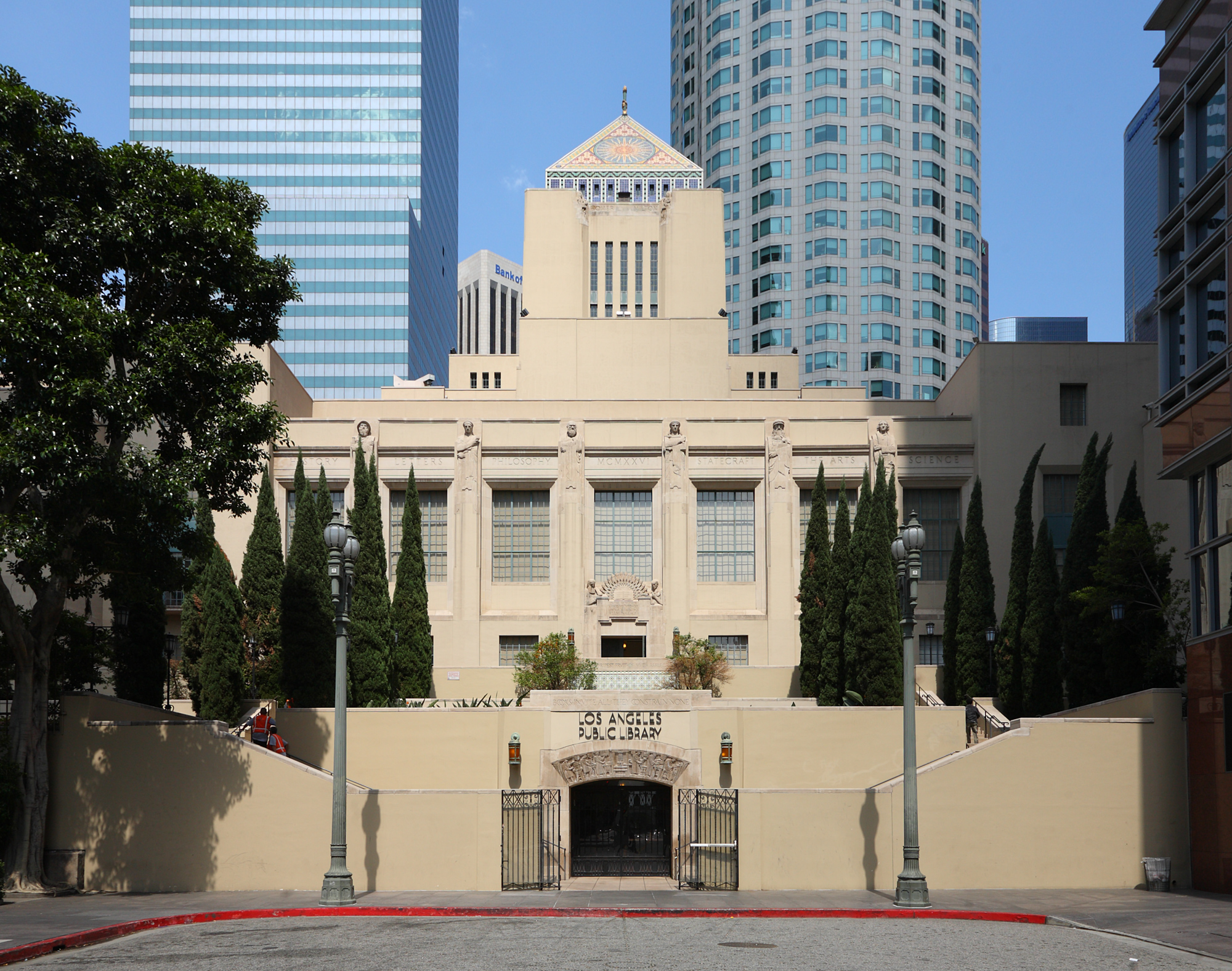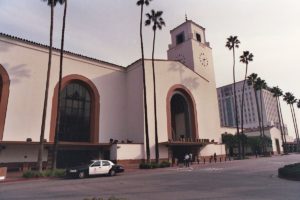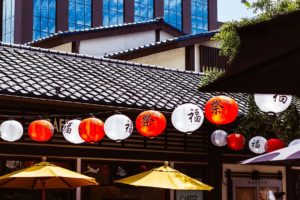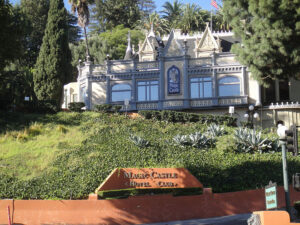The Los Angeles Central Library was the last work of the great American architect Bertram Grosvenor Goodhue. When it opened in 1926, the unadorned concrete extensions and skyscraper-like profile of the building heralded modern architecture. At the same time, it alluded to the ancient civilizations of Egypt, Rome, Byzantium, and Islam, as well as Spanish Colonial and other styles.
Ornamental and symbolic artworks are an integral part of the library’s design. The limestone sculptures on the exterior of the building, created by artist Lee Lawrie, represent various disciplines and literary figures. The brightly colored tile pyramid at the top of the building features a burst of sun and is crowned by a hand-held torch symbolizing the light of knowledge.
The second floor of the library features a rotunda with a high dome that explodes with light and color. At the center of the dome is a stylized solar burst and a chandelier with the signs of the zodiac. On the surrounding walls, twelve murals painted by Dean Cornwell in 1933 depict the history of California.
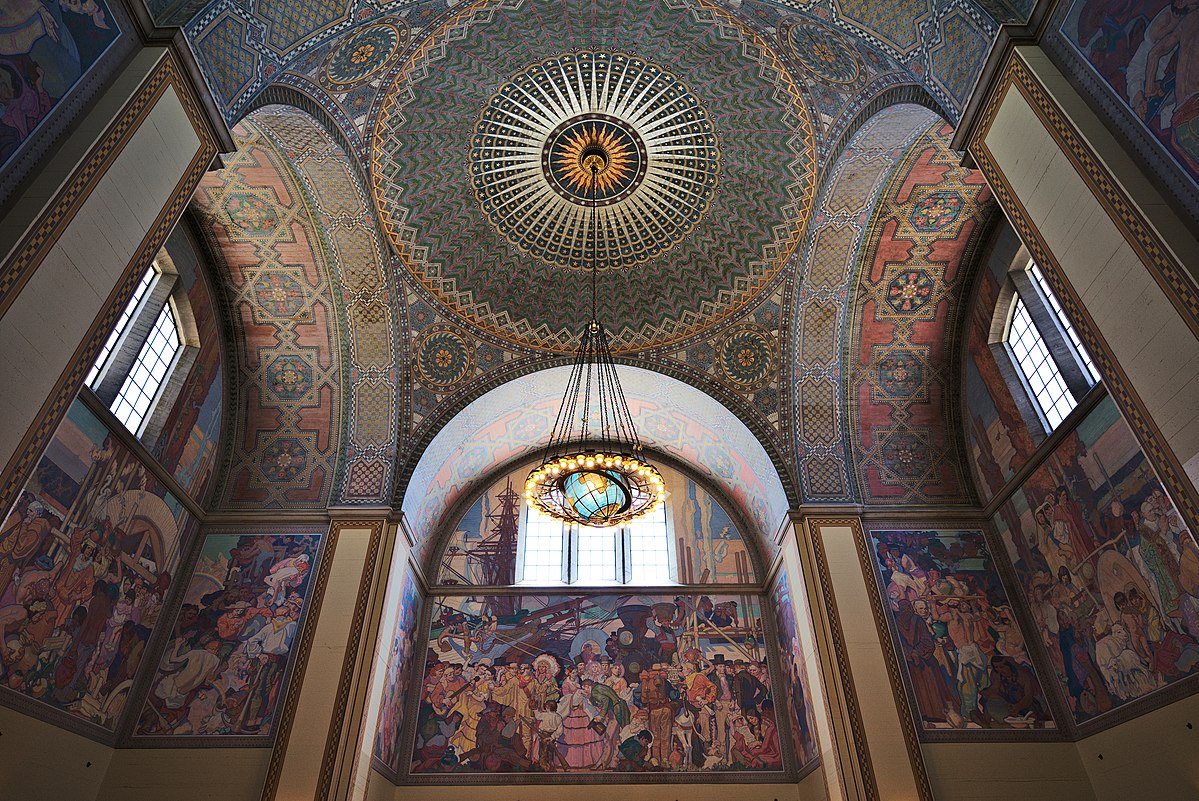
The proposal to demolish the Central Library in the 1970s led to the formation in 1978 of the historical building preservation organization Los Angeles Conservancy. Thanks to this, this beautiful building located in the heart of L.A. was saved.
The Central Library is the headquarters of the Los Angeles Public Library, which includes 72 branch libraries. It is the third-largest central library in the United States. Its thematic departments contain over 2.8 million books, 5,000 magazine subscriptions, more than 3 million photographs, 10 million U.S. patents for digital access, as well as language learning materials and multimedia. Materials can be requested by clients throughout the city and shipped to the local branch of the borrower.
The library also offers a range of public programs, including author talks, educational workshops, and cultural events, attracting thousands of visitors each year. Its architecture and historical significance make it not only a hub for knowledge and learning but also a landmark of architectural innovation and a testament to the city’s commitment to preserving its cultural heritage.
